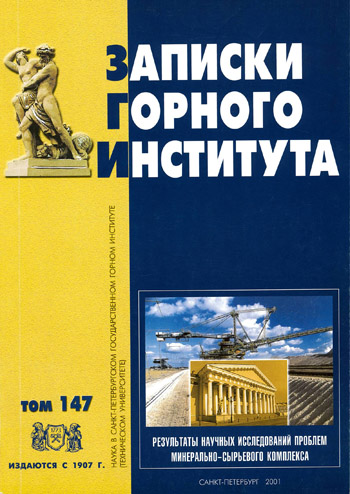Technogenic evolution of underground space in Saint Petersburg: causes and consequences
Abstract
Natural and technogenic factors determining the evolution and destabilization of the geo-ecological state of the underground space of St. Petersburg are analyzed. Special attention is paid to buried marshes, drainage network and groundwater pollution as the least stable parts of the underground space. The main pollutants of the city are sewage and buried wastes, which bring not only a large amount of organic substances easily assimilated by microorganisms, but also additional microflora. Since the mid-20th century, petroleum hydrocarbons are considered to be active pollutants in the underground space. Large amounts of organic matter in the underground space leads to the formation of a reducing environment and microbiological activation. Conducted mass sampling of redox potential, determining the features of the chemical composition of groundwater, as well as assessing the bacterial mass in sandy clay sediments of the section indicate the importance of physico-chemical and biochemical processes in the evolution and destabilization of the underground space of the city. As a result of these processes, negative transformation of dispersed soils, leading to the formation of floats, the active development of gas-dynamic phenomena, and a high level of environmental aggressiveness are observed. A special form of corrosion of building materials caused by the activity of microorganisms (bio-corrosion), which enhances chemical, electrochemical and other types of underground exposure, has been analyzed. It was found that more than 50 percent of the total destruction of underground pipelines, foundations, and basement walls is the result of bio-corrosion.
